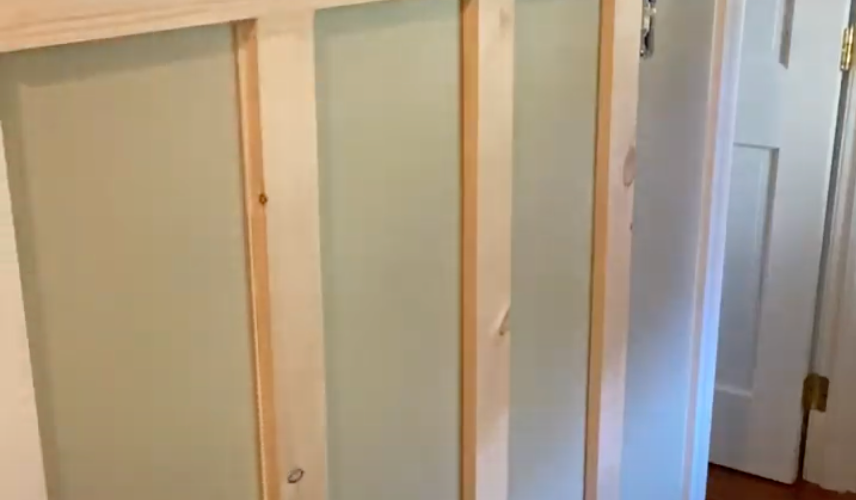- Jan 3, 2021
- 3 min read
It's the start of a new year, and I'd say it's a start that most of us have been longing for for many months. I don't know about you, but I love the idea of a fresh start. The process of looking back at the year prior, taking stock of where you are and what comes next... there's just something very rejuvenating about it.
In addition to going through this process for myself and my family, I'm also thinking about it in terms of design. What trends will stick around next year, and what will fade out? I'm certainly no mind-reader, but I have a few predictions for what we might see this year:
1) We'll swap shiplap for other trimmed accent walls
Joanna made us all go crazy for shiplap over the past 5 years, but the trend seems to be losing steam. I think we'll continue to see accent walls using wood trim, as well as continued use of millwork and anything that makes a home feel "custom".
2) We'll see less farmhouse, more cottage
The pandemic gave all of us a need for a cozy, warm space to feel safe and protected, as well as a mass exodus from expensive & crowded metropolitan areas. This, combined with the death of the farmhouse aesthetic (see point above), will draw folks toward the cozy, calm style of cottage furnishings.
3) We'll leave our sea of gray behind for warmer taupes and tans, and continued use of jewel tones
Paint preferences of the past few years have trended towards cool tones - grays & blues. As we've seen a re-emergence of jewel tones this year I think we'll also start to see the tone of neutrals skew warmer to complement.


4) Vintage & antiques are here to stay
Facebook Marketplace finds, thrifting/antique stores, and "upcycling" are all here to stay. This ties in with trend #8 below, and an overall desire for more quality furniture.
5) White kitchens are out
All of that pandemic cooking means lots of pandemic cleaning, and all those folks with fully white kitchens are starting to regret their choice. My rust-colored countertops are not cute (and they will definitely be replaced someday), but they don't show a speck of dirt.

6) We'll see a resurgence of traditional, less open concept, floor plans
This is another result of our new pandemic lifestyle, where the family seems to be together all. the. time. I think we'll see a renewed interest in having separate, distinct spaces for each activity rather than a fully open (and noisy) main floor.

7) We'll continue to see a desire to bring the outdoors in, using earth tones & plant-life
Earth tones were big in 2020 and I expect them to continue in 2021. So were gardens, plant-babies, and anything else organic. This feels like a combination of another pandemic trend of the outdoors as a respite when so many indoor gathering places are off-limits, as well as continued growth and interest in sustainability and "boho" styles.

8) A decrease in "fast furniture", and an increase in purchasing from local craftspeople
This is the prediction I am most excited to see take shape, and I really hope it holds true. With a renewed interest in supporting local & small businesses as a result of a pandemic, as well as getting more use out of our furniture from being at home, I think we'll see places like Ikea, Wayfair, and Amazon be less desirable for furniture purchases. People are looking for more quality pieces that last longer and are more equitably made, and I expect with technology such as Facebook Marketplace and NextDoor, craftspeople will be able to reach broader local audiences to sell their goods.




































